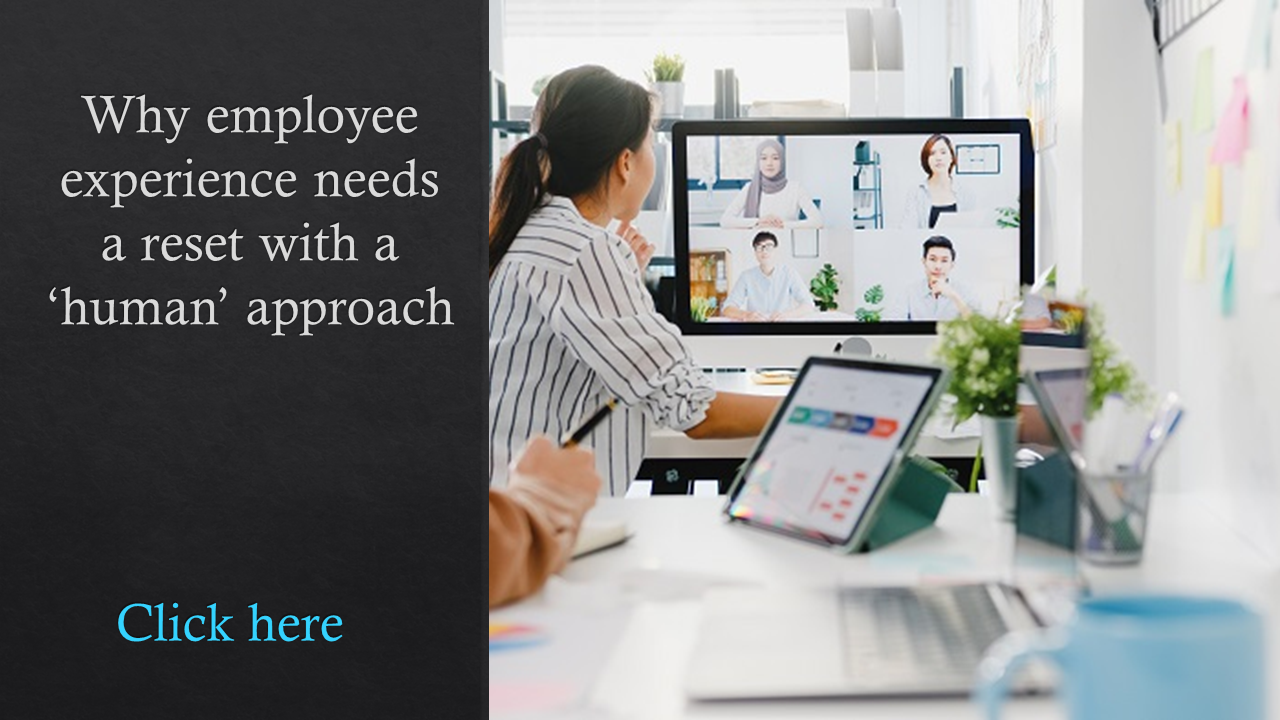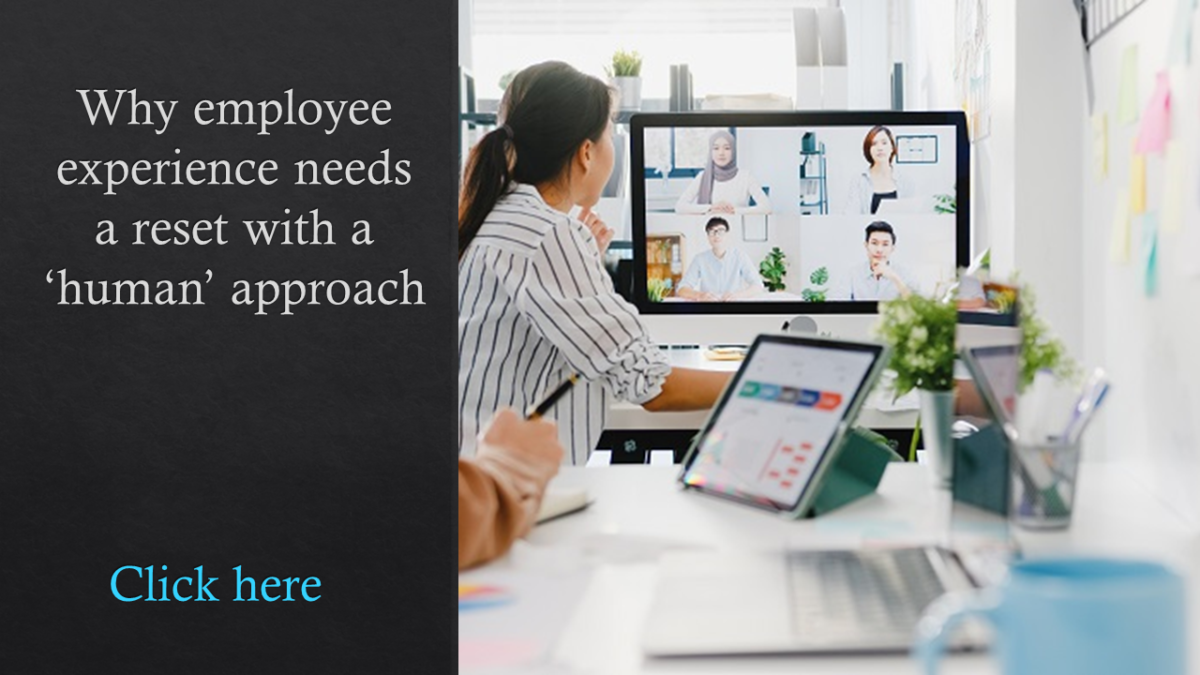With the COVID pandemic and the Great Resignation serving as key factors, some employees nationwide have taken a keen interest in unionization. What that means for employers in the long run is yet to be determined, but experts agree: The trend is real, and it’s growing.
During the first six months of this fiscal year, for instance, union representation petitions filed at the NLRB increased 57%—up to 1,174 from 748 during the first half of FY2021.
Headline-grabbing examples of successful unionization efforts could be fueling those numbers, such as at large employers like Starbucks, where employees at more than 200 stores so far have voted to unionize, according to NLRB figures.
Amazon also made news when a company warehouse on Staten Island, N.Y., became the first Amazon location to vote for union representation this spring (there is an upcoming hearing to decide if the vote requires a do-over after various complaints from Amazon, according to NPR). In May, workers at a second Amazon warehouse location on Staten Island voted against unionizing.
According to Lorrie Lykins, vice president, research, at the Institute for Corporate Productivity (ic4p), the Starbucks example is especially puzzling to many who see the company as a beacon in the service industry. Starbucks baristas will soon make on average almost $17 an hour and, beginning this summer, Lykins says, employees who work more than 20 hours per week will have access to healthcare plans, and the company will cover full tuition for a college degree at Arizona State University’s online program.
 Despite that, companies such as Starbucks are likely seeing the result of the combined and lingering effects of the pandemic, which heightened pressure on frontline service workers, Lykins says. Such workers were often showing up for shifts not knowing who else would, while facing supply shortages (including of personal protective equipment), struggling to fulfill customer expectations through no fault of their own and having to deal with blowback from discourteous patrons.
Despite that, companies such as Starbucks are likely seeing the result of the combined and lingering effects of the pandemic, which heightened pressure on frontline service workers, Lykins says. Such workers were often showing up for shifts not knowing who else would, while facing supply shortages (including of personal protective equipment), struggling to fulfill customer expectations through no fault of their own and having to deal with blowback from discourteous patrons.
According to Lykins, empathy and trust are key to creating workplaces in which employees feel heard, seen, valued and respected. This starts, she says, with employers listening and taking swift and visible action on what employee concerns can and should reasonably be addressed.
In the case of union organizing by Amazon employees on Staten Island, for instance, the drive reportedly began with employee concerns that they didn’t have adequate PPE, the ability to socially distance while at work or sufficient break time to use the restroom or even get a drink of water.
“These aren’t unreasonable expectations, especially because the pandemic demonstrated that there is room for the same degree of concern about the wellbeing of employees as there is about profitability and the interests of stakeholders, even in the most challenging of circumstances,” Lykins says.
Even as COVID continues to recede, Lykins notes, some hourly workers are simply unwilling to accept the terms of jobs they may have taken on pre-pandemic. This includes poor working conditions, low pay, rigid schedules, arbitrary requirements to be on-site when the commute is costly in terms of money and time, and expectations—implicit or explicit—that they are always available, even on their days off.
New Orleans-based Sid Lewis, a partner and head of the Labor & Employment Practice Group at the Jones Walker law firm, says most experts agree that pandemic-induced labor market issues and the rise of worker autonomy will continue to create an opportunity for organized labor.
“As union successes become more publicized, employees may be more willing to listen to the union sales pitch, and online and social media activities make listening easier and more secretive,” Lewis says.
Managing the new environment
Lewis says that while some consider employers that educate their employees on the risks of union representation to be pariahs or law breakers, the bottom line is that an employer has an obligation during any union organizing drive to give employees all the facts and risks associated with union representation.
 “More importantly, employers should engage in regular employee relations maintenance to help prevent union organizing from occurring at all,” he says.
“More importantly, employers should engage in regular employee relations maintenance to help prevent union organizing from occurring at all,” he says.
Lewis explains that a union only needs to sign up to 30% of the employees in the bargaining unit it seeks to represent in order to force an election, adding that unions have had success carving out smaller units within larger facilities, arguing that these smaller groups have a unique community of interest, separate and apart from other employees in the facility.
“The saying that you are only as strong as your weakest link definitely applies here,” he says.
Lewis explains that if the Biden Administration’s PRO Act (Protecting the Right to Organize) becomes law, employers will be further hampered in their ability to get employees enough information during an election campaign. The PRO Act would, among other things: ban group meetings during a campaign; allow union access to company property; shorten the timeline for elections; and limit the use of outside counsel or consultants.
Employers should still “have no-solicitation and bulletin board policies in place, as well as a union-free statement included in a new hire packet or handbook,” Lewis says.
It’s also important that employers consider cultural impacts of their responses to unionization efforts; Amazon has recently come under fire for letting go several managers involved in the unionization effort.
“Leaders or employers that portray workers who push for improved pay, benefits and a degree of self-rule as villains is the antithesis of promoting a healthy, collaborative culture,” Lykins says. In some cases, she adds, this reaction is unfortunately—and transparently—the tact of organizations who are eager to avoid change or relinquish any degree of control.
Ultimately, Lewis says, an employer’s main defense against union organizing lies with its frontline supervisors. They must understand: the importance of continuous and positive employee relations; the danger signs with regard to potential union organizing; and what can and cannot be said with regard to union representation.
 “Supervisor education is one of the keys to a solid defense system,” Lewis says. “It is important to have your ducks in a row with regard to policies, supervisor training and employee communications. A contented workforce is typically not interested in unionizing.”
“Supervisor education is one of the keys to a solid defense system,” Lewis says. “It is important to have your ducks in a row with regard to policies, supervisor training and employee communications. A contented workforce is typically not interested in unionizing.”
With so much discontent among workers today, many employers are questioning if, after labor unionization had been on the decline in the U.S. for many decades, we’re going to see a true unionization renaissance.
“It’s far too soon to tell,” Lykins says. “But what is clear is that there are plenty of actions organizations can take now to listen and respond to workers that may help avoid unionization rumblings in the future.”
The post Do Starbucks, Amazon unionizations point to a coming trend? appeared first on HR Executive.
